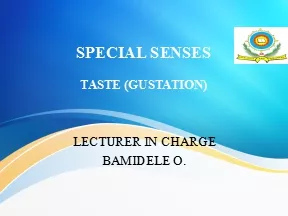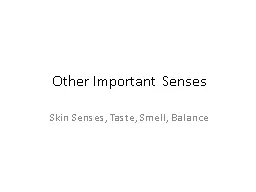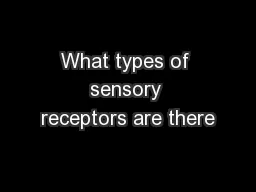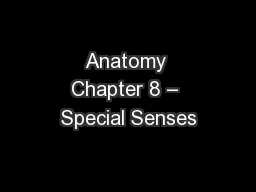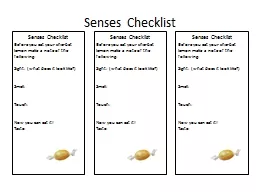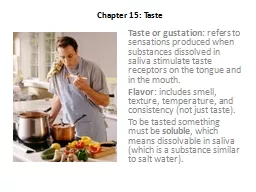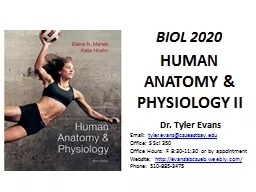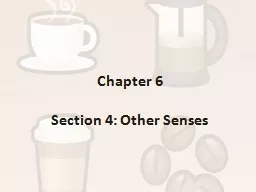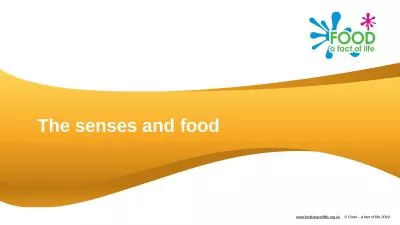PPT-SPECIAL SENSES TASTE (GUSTATION)
Author : scarlett | Published Date : 2022-06-28
LECTURER IN CHARGE BAMIDELE O INTRODUCTION The sense of taste gustation affords an animal the ability to evaluate what it eats and drinks At the most basicl level
Presentation Embed Code
Download Presentation
Download Presentation The PPT/PDF document "SPECIAL SENSES TASTE (GUSTATION)" is the property of its rightful owner. Permission is granted to download and print the materials on this website for personal, non-commercial use only, and to display it on your personal computer provided you do not modify the materials and that you retain all copyright notices contained in the materials. By downloading content from our website, you accept the terms of this agreement.
SPECIAL SENSES TASTE (GUSTATION): Transcript
Download Rules Of Document
"SPECIAL SENSES TASTE (GUSTATION)"The content belongs to its owner. You may download and print it for personal use, without modification, and keep all copyright notices. By downloading, you agree to these terms.
Related Documents

